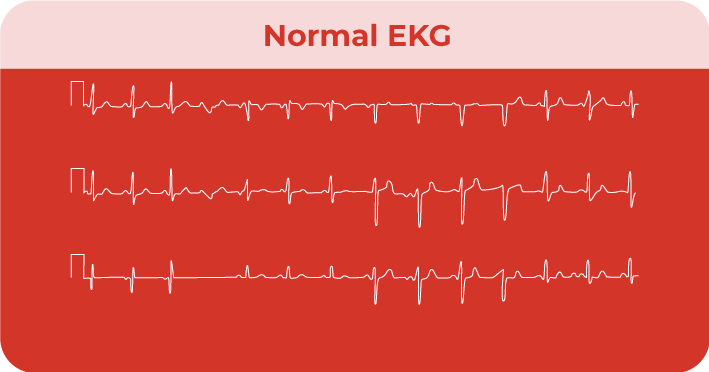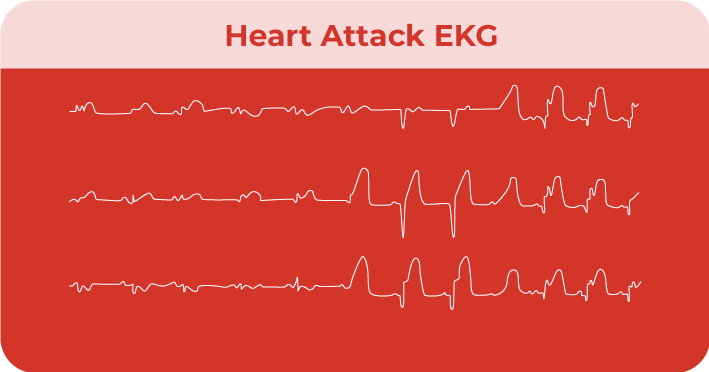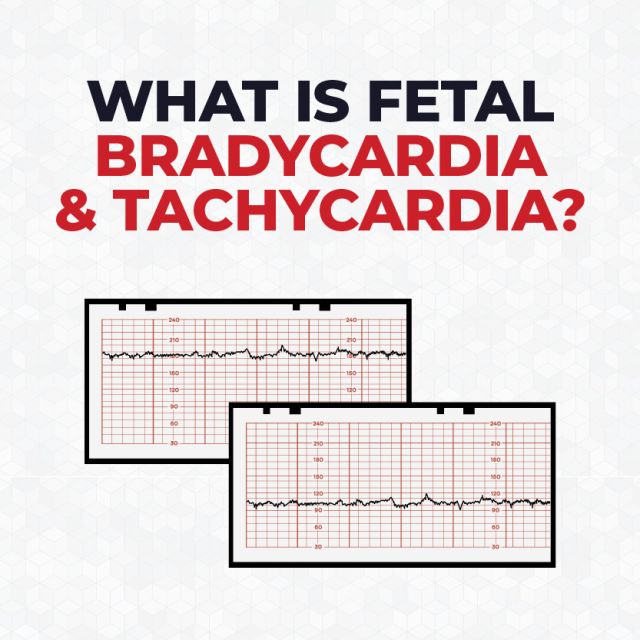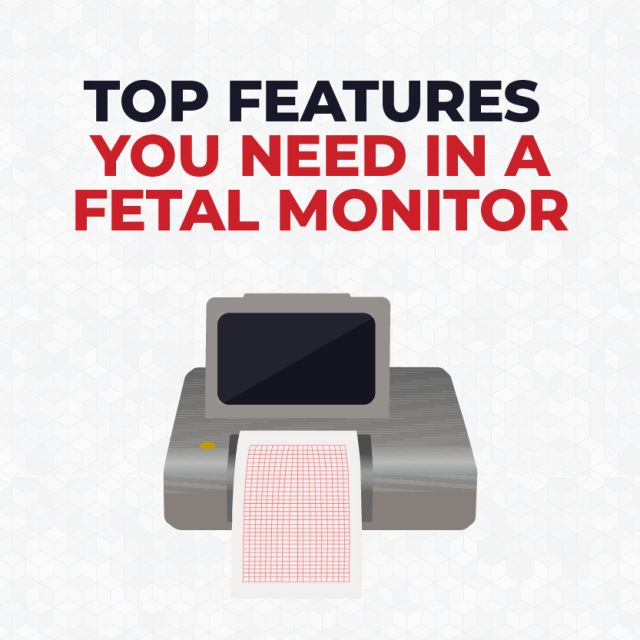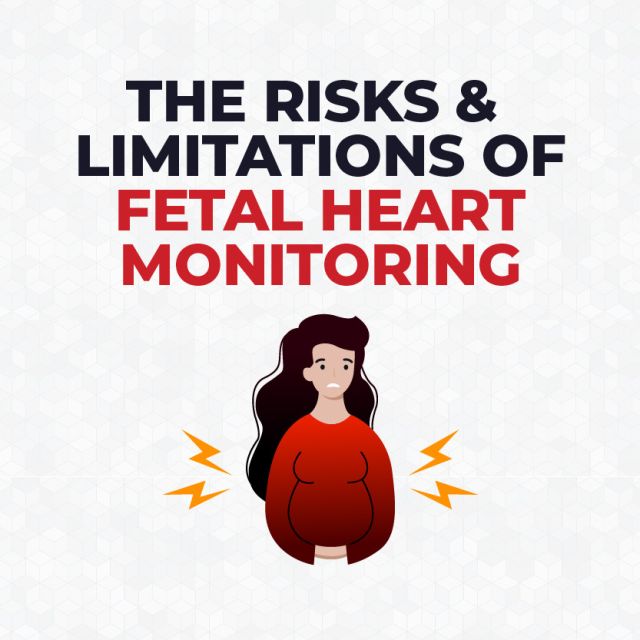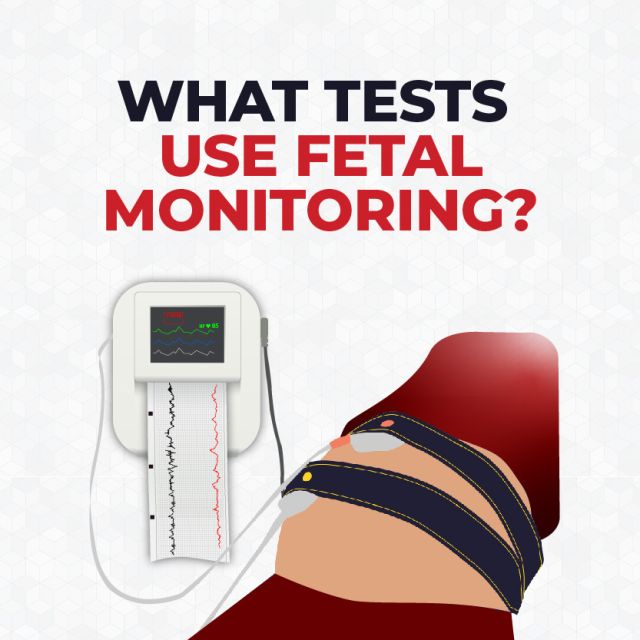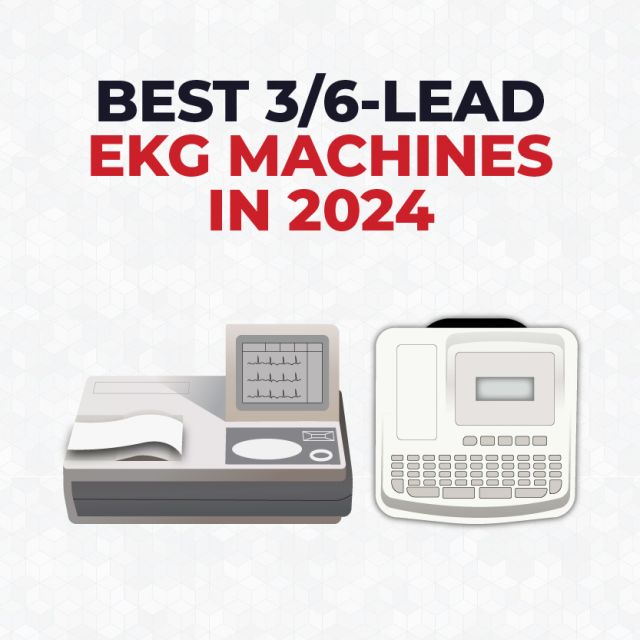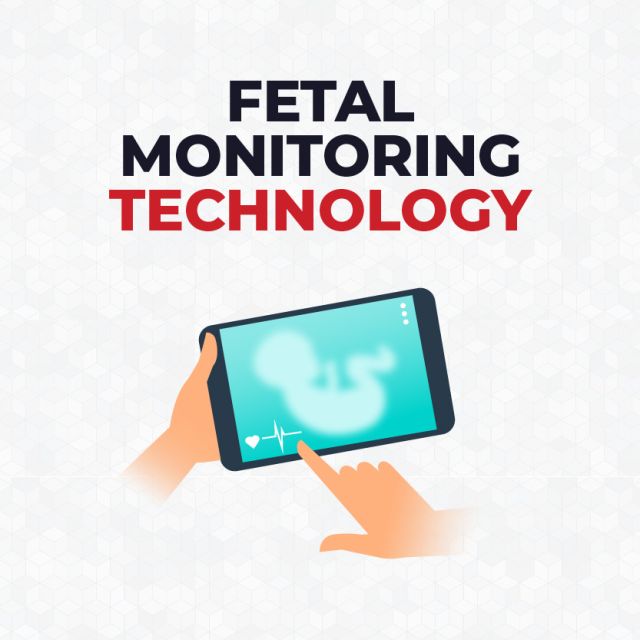What does a Heart Attack look like on an EKG?
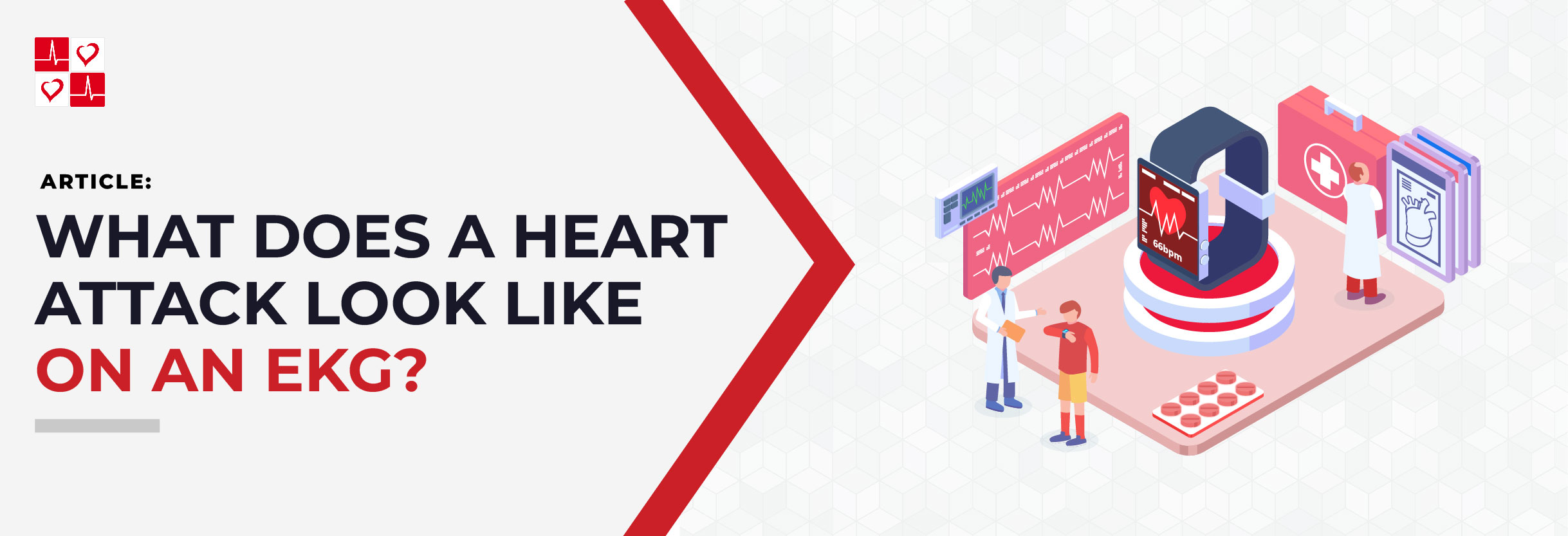
What is an EKG?
An EKG, or an electrocardiogram, is a quick and non-invasive way of providing important information about the heart. Specifically, EKG’s record the heart’s electrical signals and can detect arrhythmias or a previous heart attack. To learn how to read an EKG, click here.
Common symptoms that call for an EKG include:
- Chest Pain
- Heart Palpitations
- Rapid Pulse
What Causes a Heart Attack?
Heart attacks most commonly occur as a result of blockages, which are typically built up of cholesterol and other fats in the arteries. These blockages can then form blood clots that interrupt blood flow to the heart.
Blocked blood flow leads to Ischemia, meaning parts of your body aren’t getting enough blood. Additionally, Ischemia may damage the muscles in your heart ventricles. If too much heart muscle sustains damage, the heart may not have the ability to supply enough blood to the entire body. In some cases, it may even lead to a silent heart attack.
What is a Silent Heart Attack?
A silent heart attack is a heart attack that has mild symptoms, or unnoticeable symptoms. Those who suffer a silent heart attack may think they just have had heartburn or the flu.
Some symptoms include: Mild chest pain, shortness of breath and flu-like symptoms.
Can an EKG detect a Heart Attack?
Yes, EKG’s have to potential to detect heart attacks. An ECG can reveal if you had a silent heart attack up to months or years ago without you realizing it.
However, EKG’s are not the most accurate in detecting prior silent heart attacks. Rather, they are best used when combined with other imaging tests like Blood Tests, CT Scans and Cardiac MRI’s. EKG’s on their own can often report false positives.
While an EKG may not 100% detect a heart attack accurately, it is still the quickest way to monitor any heart-related problems.
Blood Test
Blood tests are commonly used to check for a heart attack by identifying the presence of the protein troponin. After a heart attack, troponin levels may be high for 1 to 2 weeks, which may help diagnose heart attacks and determine the risk of heart disease.
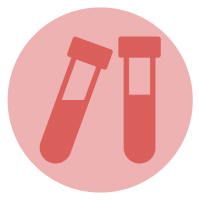
CT Scan
A Computer Tomography (CT) Scan utilizes X-Rays to capture 3D images of the heart and the heart vessels. With a CT scan, your doctor will be able to clearly see and examine:
- Coronary Arteries
- Pulmonary Veins
- Heart Chambers

Cardiac MRI
Cardiac MRI’s, also referred to as heart MRI’s, create images of the heart and blood flow using radio waves and magnets. Aside from diagnosing a previous heart attack, medical providers may also order a Cardiac MRI to check for heart damages and areas where there is a lack of blood flow.

What does a Heart Attack Look Like on an EKG?
A heart attack can cause changes in the EKG pattern that trained medical professionals can interpret and use for a diagnosis. On an EKG, an STEMI heart attack will have an elevated ST segment with a T wave that is more peaked than normal. This signifies a total blockage of a main artery.
On the other hand, an Non-STEMI heart attack will show up on an EKG in the following ways, which indicate a partial artery blockage:
- Transient ST-elevation: ST Segment peaks for a short period(s)
- ST-Depression: ST-segment drops below the normal baseline
- T-wave Inversion: The T-Wave will curve downward
